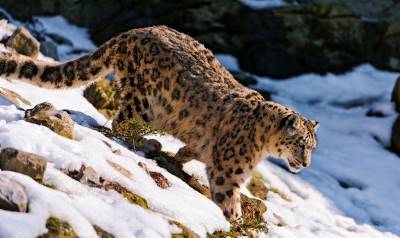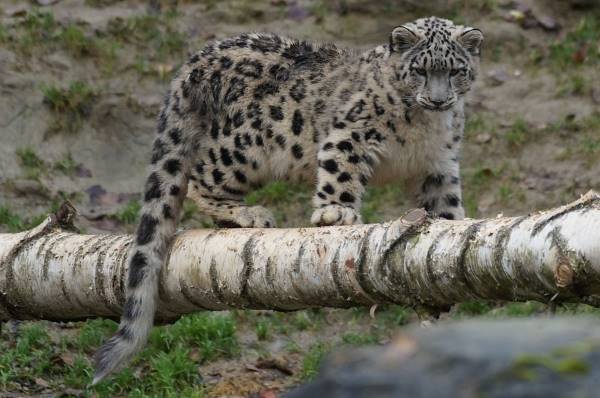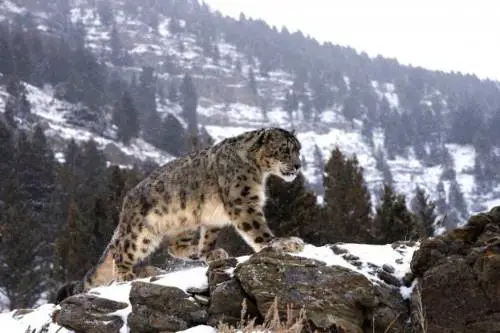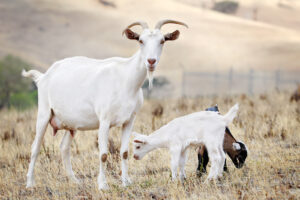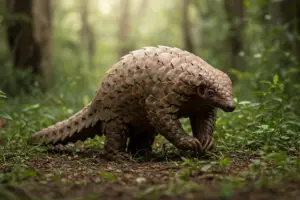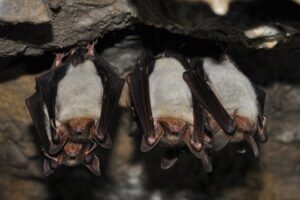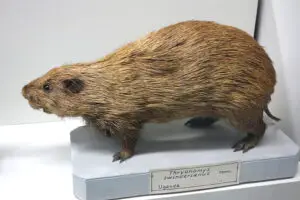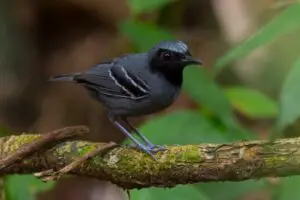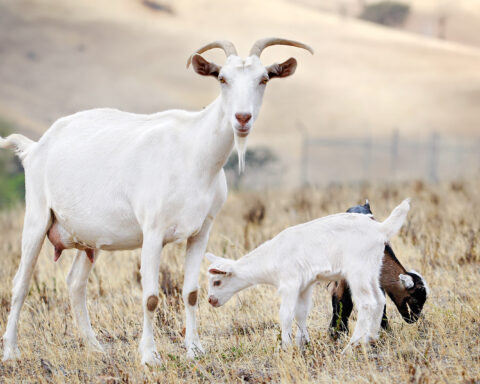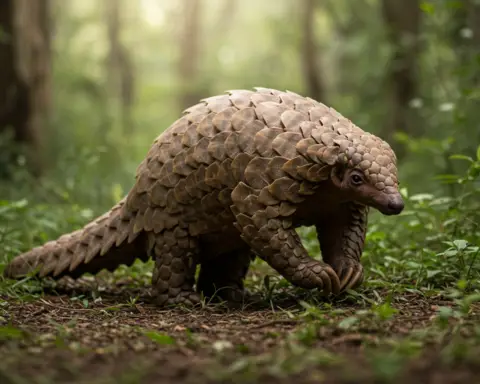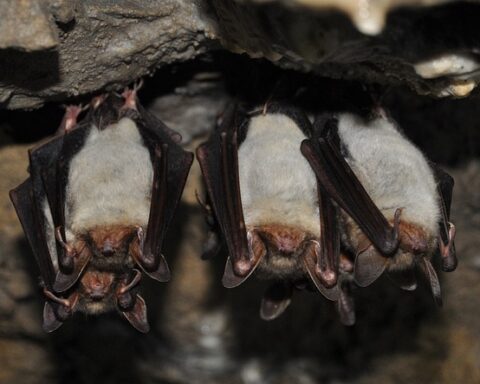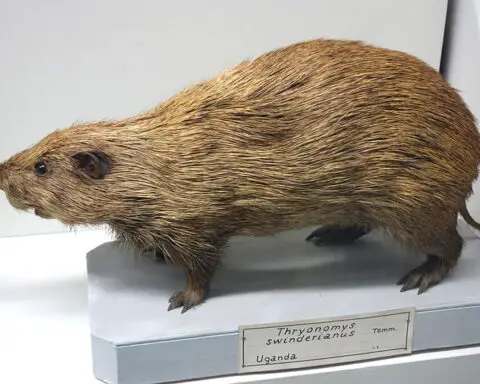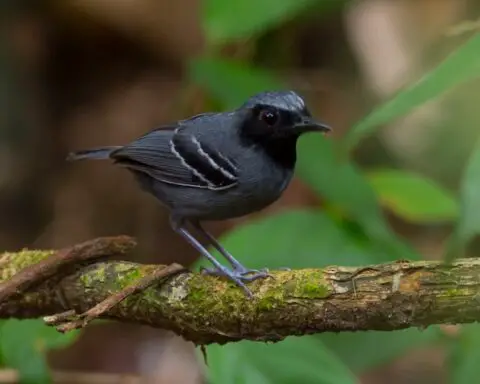Like all other animals, the lifespan of a snow leopard in the wild is reasonably shorter than the captive specimen. There are quite many reasons to this short lifespan. The availability of food, potential predators, or other factors that are directly associated with the snow leopard lifespan. Let us study how long do snow leopards live in the wild as well as in captivity.
How Long Do Snow Leopards Live?
Snow leopards can live as long as 15 to 18 years in the wild. In captivity however they will live longer than that. The lifespan of snow leopards in zoos and protected areas is about 25 years. The captive leopards are fed rather regularly which is why they live healthier and longer than the wild specimens.
In the wild, snow leopard’s lifespan largely depend on the food availability and the variety of prey. The greater is the prey density the longer is the snow leopard’s lifespan.
The female usually gives birth to 1 to 5 blind cubs which are completely helpless at birth. The snow leopard’s cubs are highly vulnerable to predators until they reach the age of 18 – 22 months.
Snow leopards become mature at 2 or 3 years age. The oldest living snow leopard is living in the Japanese zoo, Tama Zoo. Its name is Shynghyz. Shynghyz is now 26 years of age. Villagers caught it from the mountains of Kazakhstan when the leopard was only 18 months old.
References and Further Reading
Sunquist, Mel; Sunquist, Fiona (2002). Wild cats of the World. Chicago: University of Chicago Press. pp. 377–394. ISBN 0-226-77999-8.

